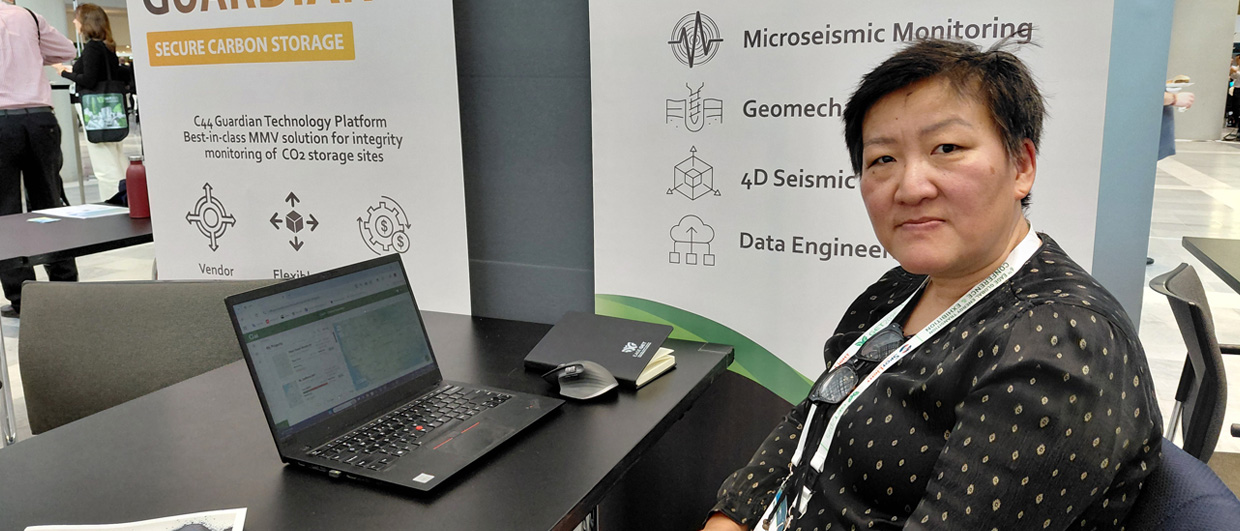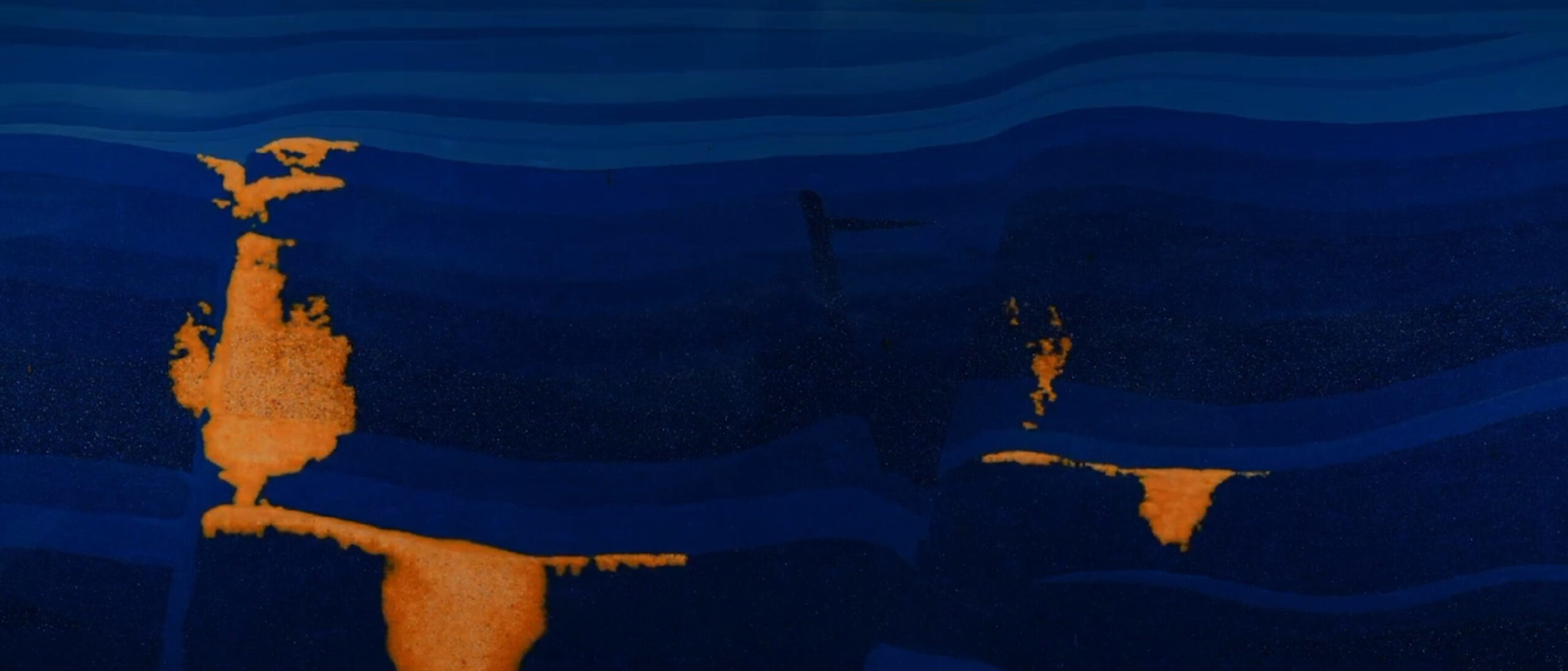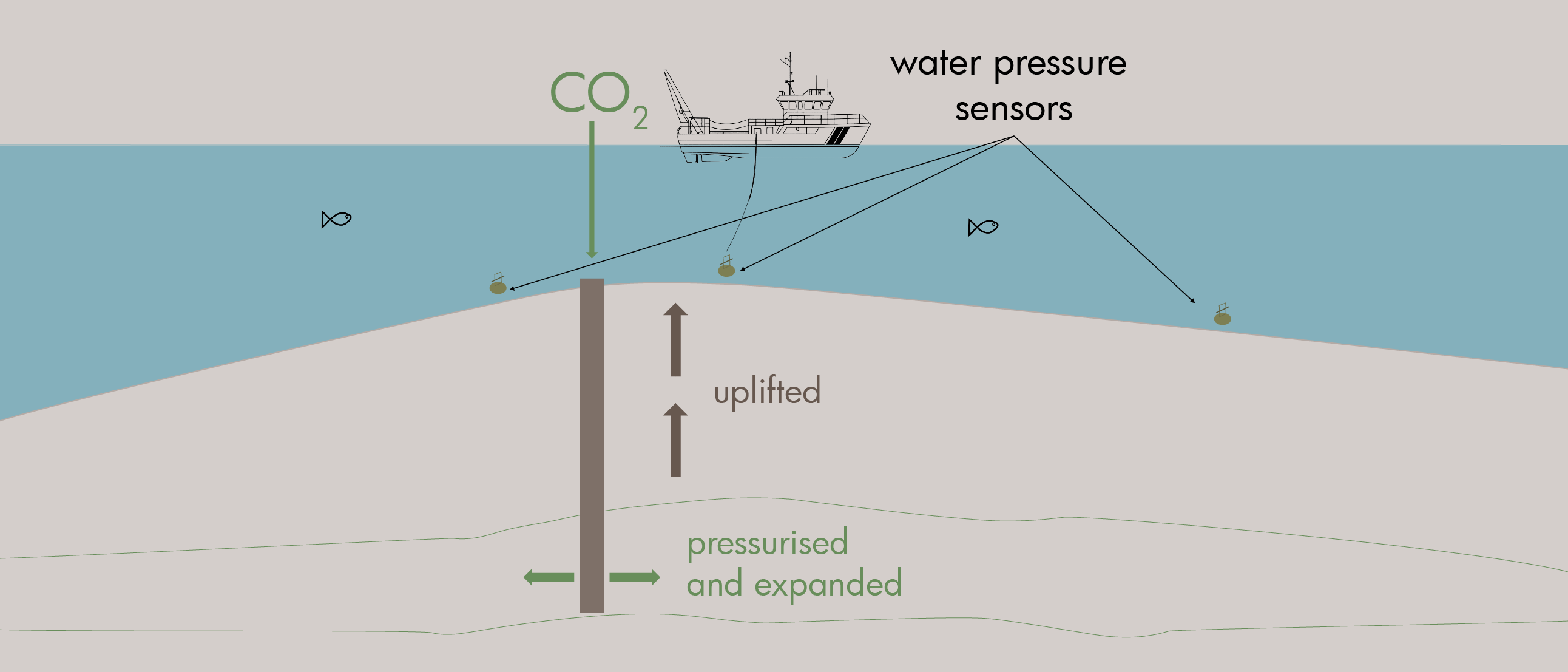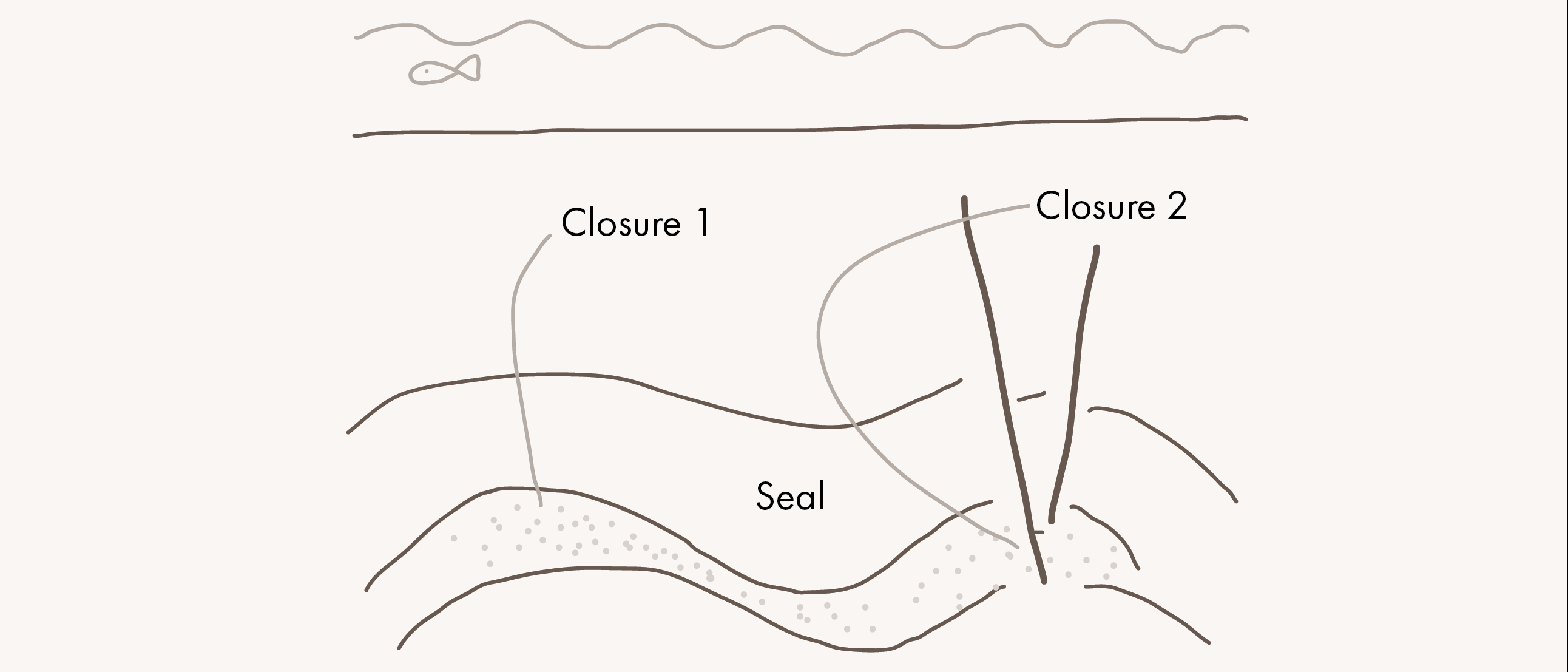This summer, a surprising announcement was made by the Danish authorities; the Stenlille CO2 storage project was not awarded a licence to progress with their work programme to realise storage of 2 million tonnes of CO2 in the reservoir they had earmarked for this purpose.
See also: Europe’s first full-scale onshore CO2 storage project
The Stenlille project is unique because CO2 injection was planned to take place down flank of a working gas storage site, in the same Triassic reservoir unit. This very aspect of the project is also the explanation why the licence was not awarded after all.
We got in touch with both the operator Gas Storage Denmark and the Danish Energy Authority (DEA) to learn more.
Gas storage Denmark
First of all, the operator. Mikael Lüthje, geophysicist at Gas Storage Denmark, told us that “the decision from the Danish Energy Authority boils down to a concern of the risks associated with injecting and storing CO2 in the same reservoir in which we store natural gas today.”
However, he emphasised that “there are a couple of nuances too.”
Mikael wrote that the aim of phase 1 of the so-called CO2RYLUS project was to offer a relatively small CO2 storage capacity of 2 million tonnes to the market, with injection rates of up to about 0.2 million tonnes per year. “The exploration programme offered to the DEA in our license application reflected the limited scope and short timeline of the phase 1 project,” he added. He also emphasised that for the larger phase 2 project at a later stage, additional exploration studies were required indeed.
Gas Storage Denmark therefore firmly believed that the existing data for Stenlille would have provided the necessary foundation to prove safe storage of up to 2 million tonnes CO2 . “All our models showed that the CO2 will not reach the natural gas in a timeframe of less than 50 years. We have not run any models that indicate that,” Mikael wrote.
Finally, Mikael also reiterated that because his company also operate the gas storage site, there has always been a healthy degree of conservatism towards any projects that would possibly compromise the existing gas storage business model.
Yet, Gas Storage Denmark was not awarded the licence.
DEA’s stance
The Danish Energy Authority (DEA) confirmed in an email that Gas Storage Denmark’s work programme was considered insufficient to prove that CO2 can be stored in Stenlille without considerable risks for the integrity of the existing storage.
“It is the DEA’s perception, supported by Nordsøfonden’s (The Danish State Oil Company) statement and GEUS’ (The Danish Geological Survey) pre-investigation report, that the northeastern flank of the Stenlille structure will not be sufficiently mapped to adequately assess significant subsurface risks with the proposed work programme.”
We then asked what the subsurface risks were. Again, DEA replied saying that “it is our opinion that modelling without new 3D seismic and well data can’t reveal the presence of high permeable zones in the planned area of CO2 injection. It is also the opinion of the DEA that the lack of new 3D seismic in the northeastern flank of the structure reduces the possibility of reliably modelling and monitoring of the CO2 propagation towards the existing gas storage and thereby the geological understanding of the risks for the existing storage.”
In other words, rather than containment, which is the most common issue when it comes to the risks of CO2 storage projects, it is reservoir heterogeneity that forms the main uncertainty in the Stenlille case.
Reservoir models versus reality
This then begs the question; knowing that some of the Stenlille gas storage wells were cored, is DEA working with a depositional model for the CCS site that is similar to what was described in the cores? If that is the case, which would be no surprise given the very limited distance between the gas and CO2 storage sites, then it is more or less known where the high-perm zones are. Would it then be a matter of DEA thinking that Gas Storage Denmark did not properly model and upscale these high-perm zones in their reservoir model? Or is it a matter of the unpredictable nature of how extensive these zones are?
We will not be able to answer that question here, but it looks like the Stenlille case involves an element of the often-discussed discrepancy between upscaled facies in reservoir simulators versus the complicated reality of hard-to-model and difficult to constrain 3D reservoir facies. In this case, the implications of this discrepancy are significant, as we learned that the suppliers of the CO2 were already lined up and hardware had already been purchased to get going.
Is there a chance that GSD might be awarded a licence once they have properly assessed the northeastern flank of the Stenlille structure, we asked. “It will depend on the content of the application,” DEA said.





